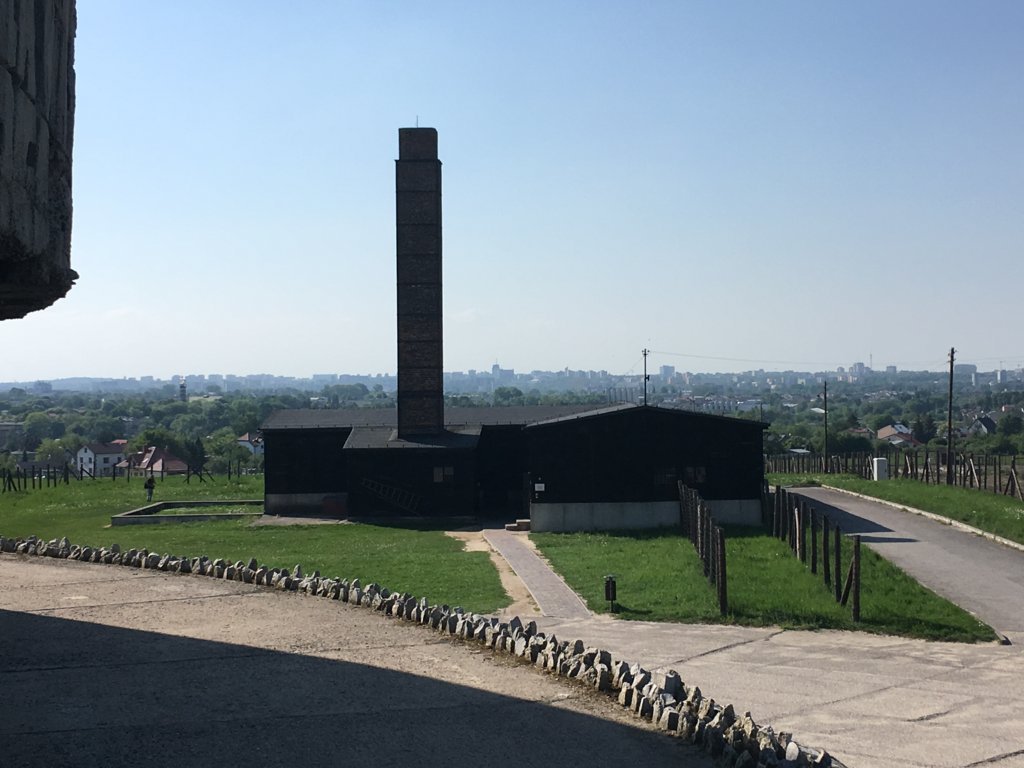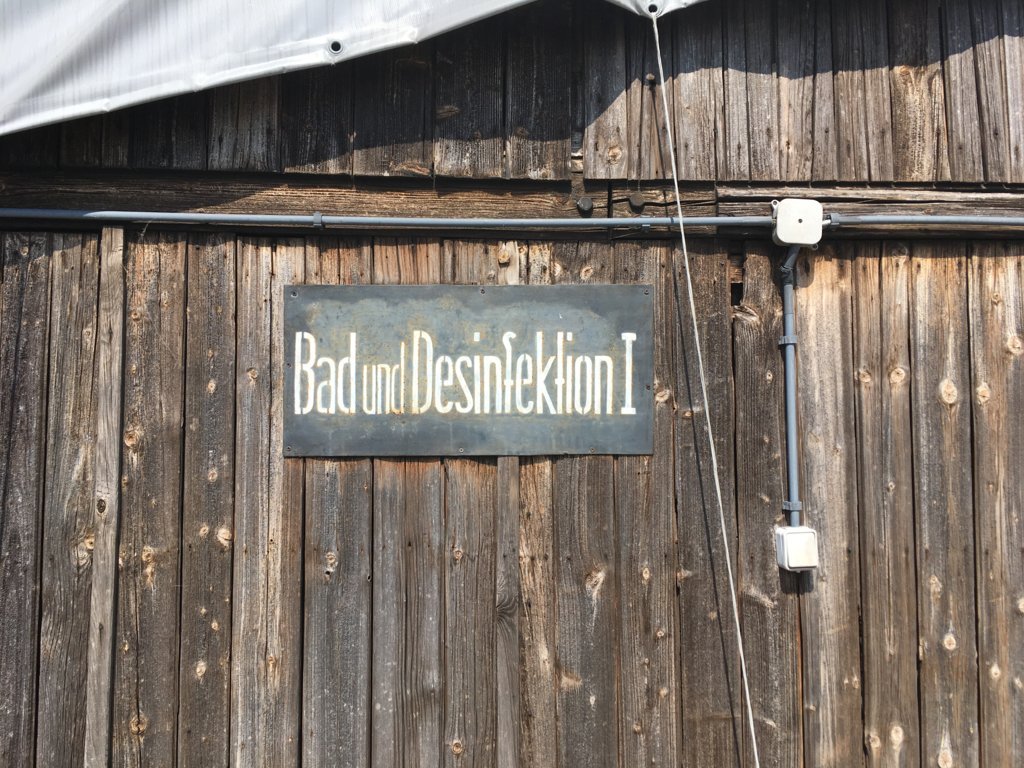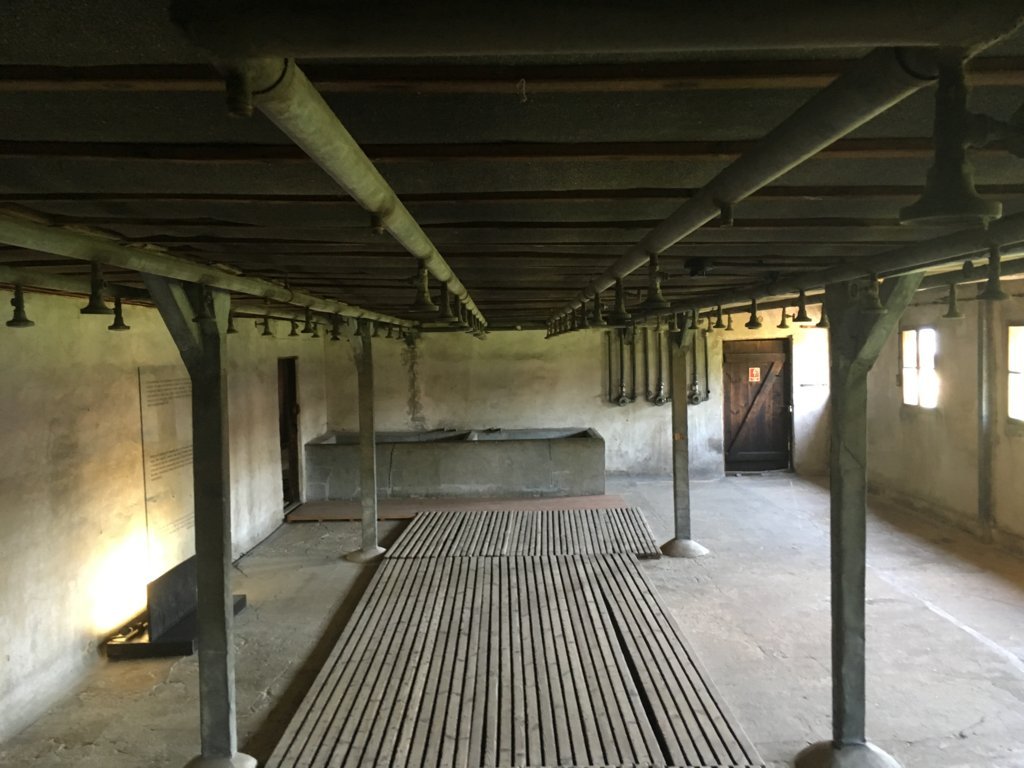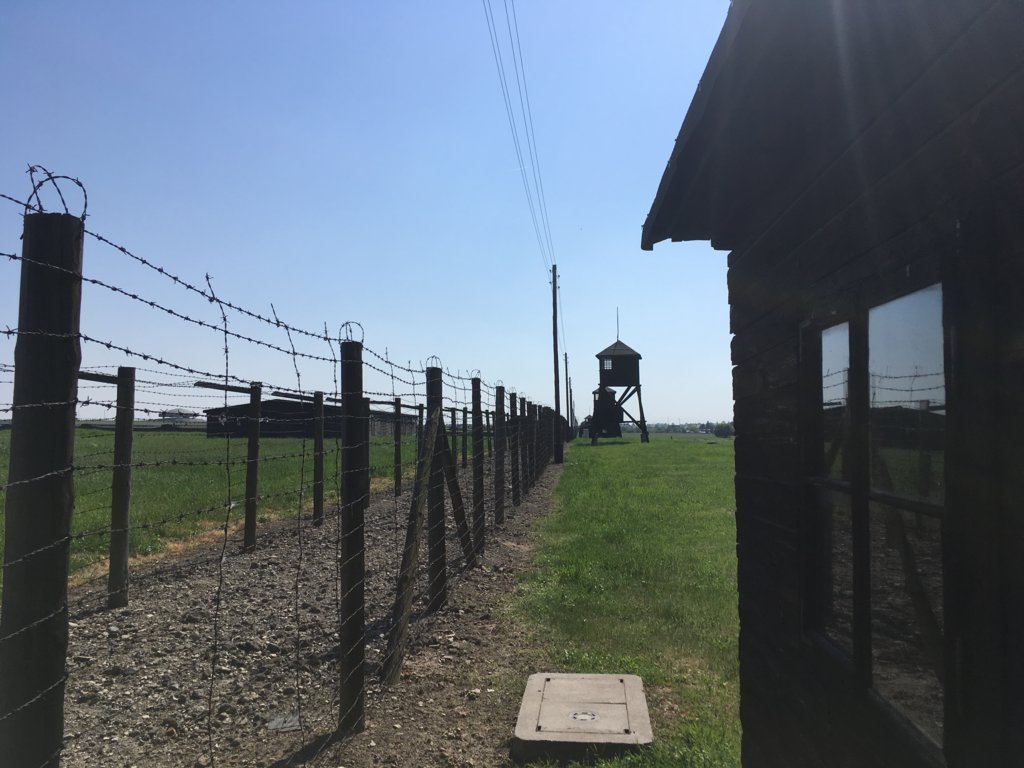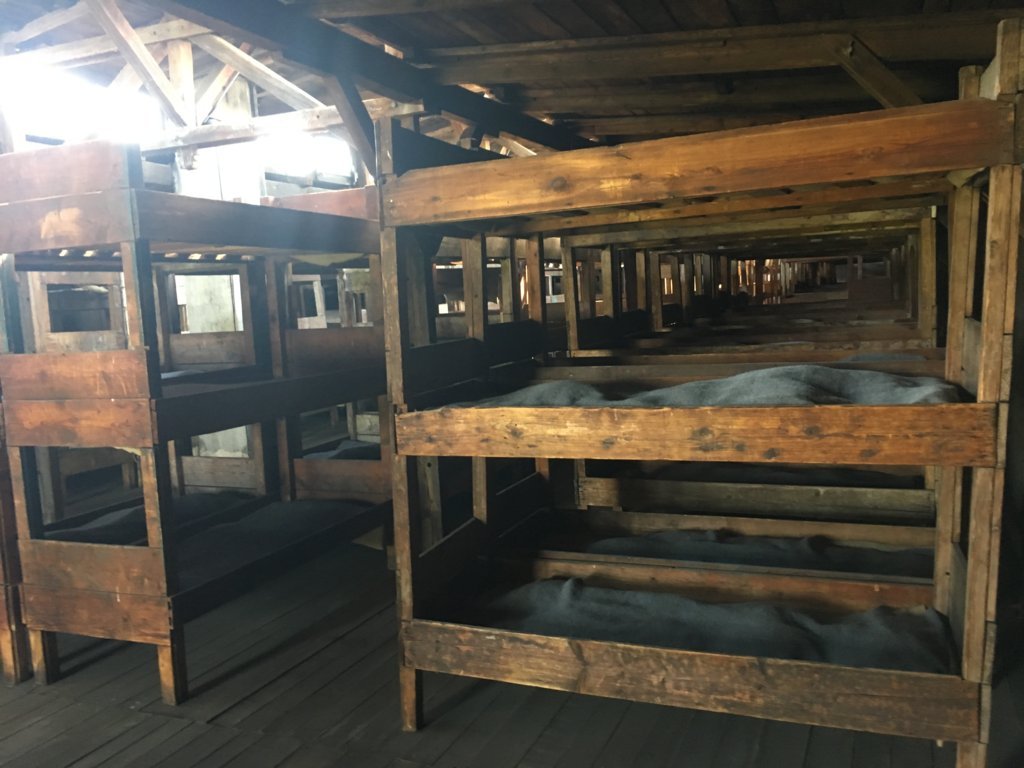MAJDANEK
Concentration camp Majdanek
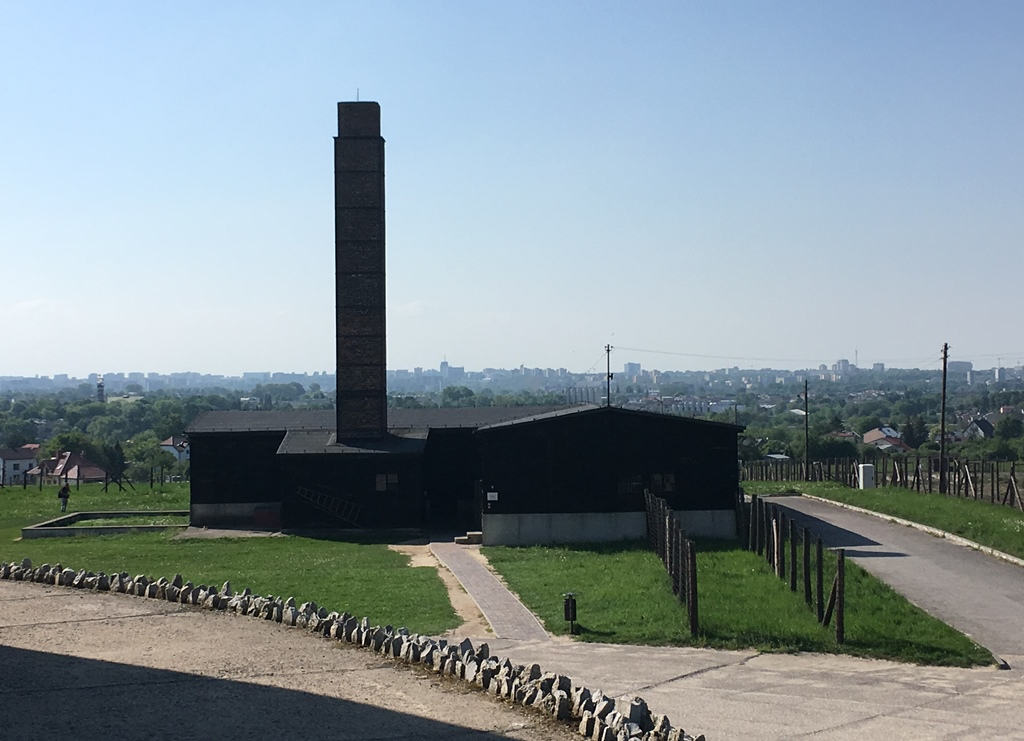
The Majdanek concentration camp, also known as the Lublin concentration camp, was built by the National Socialists during the Second World War near the city of Lublin in Poland. It was put into operation in September 1941 and covered an area of around 270 hectares, making it one of the largest concentration camps on German-occupied territory.
Majdanek was initially used as a labor camp for Polish prisoners of war and as a forced labor camp for Jews.
Over time, however, it was expanded into an extermination camp where mass murders of Jews, Soviet prisoners of war and other “enemies of the state” were committed, and the camp was characterized by extreme conditions, including brutal forced labour, malnutrition, abuse and death from disease. The prisoners were forced to work in factories, agriculture, construction work and other tasks. At the same time, they were systematically humiliated, abused and murdered, and the atrocities at Majdanek included the use of gas chambers and crematoria for the mass extermination of people. The victims were led into the gas chambers and murdered by injecting poisonous gas, usually Zyklon B. The bodies were then cremated to remove all traces of the crimes.
More than 250,000 people were murdered in Majdanek, including men, women and children from various European countries. The camp was liberated by the Red Army in July 1944 and was the first large concentration camp to be discovered by the Allies.
After liberation, the camp was taken over by the Soviet authorities and used for various purposes. In the first years after the war, it served as a camp for German prisoners of war and later as an internment camp for political prisoners.
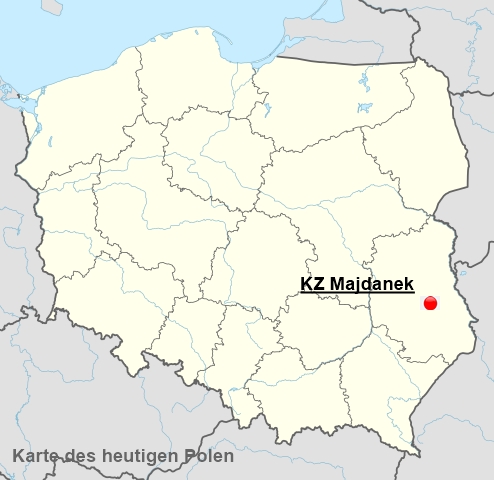
In the following decades, the use of the Majdanek site changed several times. In the 1950s, part of the camp was converted into a memorial and museum to commemorate the victims of the Holocaust and provide information about the atrocities committed there.Today, the former Majdanek concentration camp is one of the most important Holocaust memorials in Poland. It includes a museum that houses an extensive collection of artifacts, documents and exhibits about the camp and the Holocaust. Visitors can explore the grounds, visit memorials and take part in guided tours to learn more about the history of the camp and the crimes that were committed there.The preservation and use of the former Majdanek camp as a memorial is an important testimony to the atrocities of the Holocaust and serves to preserve the memory of the victims and to learn the lessons of history to ensure that such crimes are never repeated.
ADDRESS
Staatliches Museum Majdanek
Droga Męczenników Majdanka 67 Street
20-325 LublinTel: +48 (0) 81 7102833
E-Mail: centrum@majdanek.eu
Internet: www.majdanek.eu
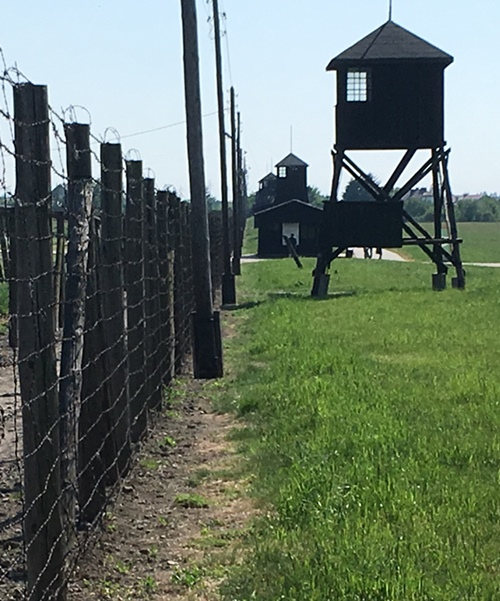
OPENING HOURS
Exhibitions in Barrack 47
Closed on Mondays and public holidays
April to October: 9:00 – 17:00
November to March: closed
Grounds and historical objects
April to October: 9:00 – 18:00
November to March: 9:00 – 16:00
Exhibitions in Barrack 62
Closed on Mondays and public holidays
April to October: 9:00 – 17:00
November to March: 9:00 – 16:00
Last entry to the museum grounds is 30 minutes before closing time.
Guided tours can be booked on the official website www.majdanek.eu.
Memorial - Majdanek
Literature
Dieter Ambach, Thomas Köhler:
Das Konzentrations- und Vernichtungslager im Spiegel von Zeugenaussagen.
Tomasz Kranz:
Das KZ Lublin – zwischen Planung und Realisierung.
Elissa Mailänder Koslov:
SS-Aufseherinnen des Konzentrations- und Vernichtungslagers Majdanek
